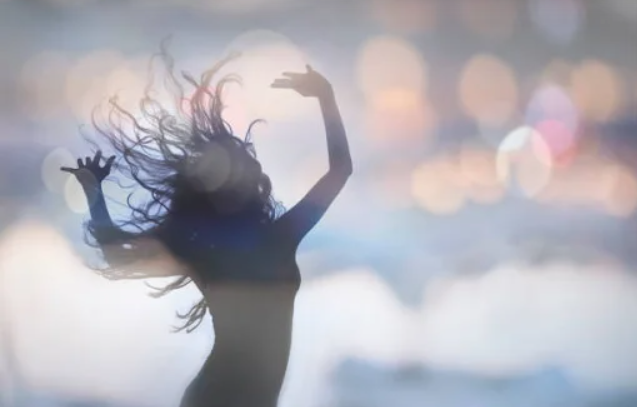~ Samridhi Prakash
INTRODUCTION
The first evidence of dancing is found in the nine thousand-year-old drawings inside caves in India. It was either used to serve a purpose of social unification or to benefit personal value. Dancing provided the society with a feeling of collectivism, binding the masses through its liberating spirit. It was organised on festivals and special occasions symbolic of the human spirit of joy. At other times, dancing was used by groups or individuals as an art providing daily sustenance. People used to perform for money and social acclimation. The roots of dancing can be found in the legends and literature of every early civilisation.
VARIOUS FORMS OF DANCE
Today, dancing has evolved into a whole industry. Globalisation and cross-cultural migration have led to the inter-mixing of different traditions. These cultural amalgamations have led to the fusion of various dance forms. Apart from the classical arts of various civilisations we now have new creative dance forms coming up. These blended movements provide a creative eye to the dancer and give us new insights into the intermixing of human societies. Some classical dance forms are Odissi, Samba, Salsa, Ballet, Tango, Waltz etc. Some folk dance forms include Sambhalpuri, Bihu, Céilidh, Fandango, Khorumi etc. Fusion dancing combines the technicalities of various dance forms to produce a contemporary aesthetic.it does not conform to any single dance style and follows a lead-follow approach.
A VIRTUE IN ITSELF
Dancing affects us at many levels- psychological, physical, spiritual, social etc. It conditions our central nervous as well as muscular system, enhances our body movement, builds flexibility and also helps in calorie consumption. Dancing leads to fewer chances of osteoporosis, tones muscles provide body strength and builds stamina. Various types of motions form a part of dancing which help in increasing body fluidity. Dancing helps in easing our anxiety by making our body release endorphins. It helps to calm us down, increases our focus and aids in sharpening our mind. Dance plays a key role in the unification of communities by bringing together diverse people and clashing ideologies. It provides a single umbrella to society to celebrate humanity and happiness. On a personal level, dancing helps us find liberation from the various mental blocks/bonds unseen to the human eye. It helps people find spiritual salvation.
THE WAY AHEAD
Dancing as every day or at least bi-weekly activity should be taken up by all of us. It doesn’t have to be professional dance classes. Dancing is about finding happiness and making your soul smile. It should have no rules, no limits, no timings, no conditions. Take up freestyle, salsa, classical, folk anything and learn to love your body as it sways to the rhythm of life. The art of dancing is therapy through and through, waiting for the lost and wandering to taste its treasure.
MUST READ- https://skchildrenfoundation.org/values-of-indian-culture/





